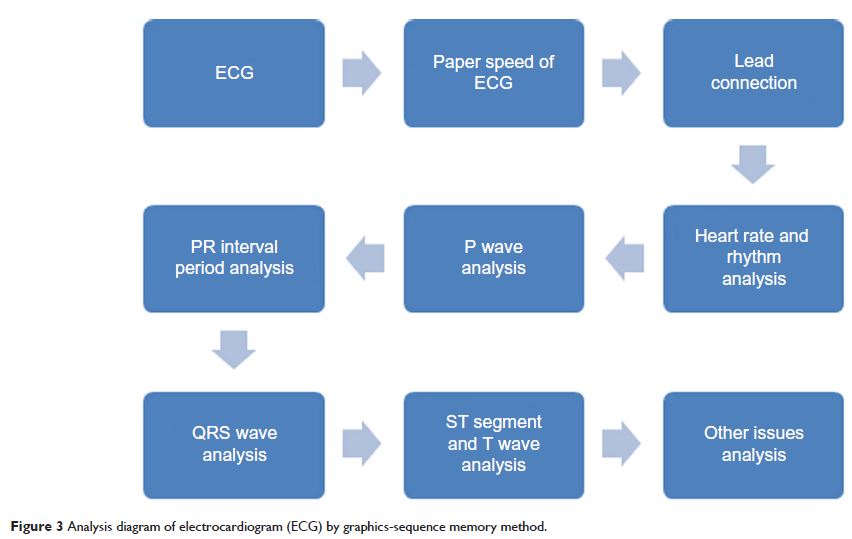109669
论文已发表
注册即可获取德孚的最新动态
IF 收录期刊
- 3.4 Breast Cancer (Dove Med Press)
- 3.2 Clin Epidemiol
- 2.6 Cancer Manag Res
- 2.9 Infect Drug Resist
- 3.7 Clin Interv Aging
- 5.1 Drug Des Dev Ther
- 3.1 Int J Chronic Obstr
- 6.6 Int J Nanomed
- 2.6 Int J Women's Health
- 2.9 Neuropsych Dis Treat
- 2.8 OncoTargets Ther
- 2.0 Patient Prefer Adher
- 2.2 Ther Clin Risk Manag
- 2.5 J Pain Res
- 3.0 Diabet Metab Synd Ob
- 3.2 Psychol Res Behav Ma
- 3.4 Nat Sci Sleep
- 1.8 Pharmgenomics Pers Med
- 2.0 Risk Manag Healthc Policy
- 4.1 J Inflamm Res
- 2.0 Int J Gen Med
- 3.4 J Hepatocell Carcinoma
- 3.0 J Asthma Allergy
- 2.2 Clin Cosmet Investig Dermatol
- 2.4 J Multidiscip Healthc

心电图表现教学的新思路和课堂教学内容的提高
Authors Zeng R, Yue RZ, Tan CY, Wang Q, Kuang P, Tian PW, Zuo C
Published Date February 2015 Volume 2015:6 Pages 99—104
DOI http://dx.doi.org/10.2147/AMEP.S75316
Received 2 October 2014, Accepted 29 November 2014, Published 10 February 2015
Background: Interpreting an electrocardiogram (ECG) is not only one of the most important
parts of diagnostics but also one of the most difficult areas to teach. Owing
to the abstract nature of the basic theoretical knowledge of the ECG, its
scattered characteristics, and tedious and difficult-to-remember subject
matter, teaching how to interpret ECGs is as difficult for teachers to teach as
it is for students to learn. In order to enable medical students to master
basic knowledge of ECG interpretation skills in a limited teaching time, we
modified the content used for traditional ECG teaching and now propose a new
ECG teaching method called the “graphics-sequence memory method.”
Methods: A prospective
randomized controlled study was designed to measure the actual effectiveness of
ECG learning by students. Two hundred students were randomly placed under a
traditional teaching group and an innovative teaching group, with 100
participants in each group. The teachers in the traditional teaching group
utilized the traditional teaching outline, whereas the teachers in the
innovative teaching group received training in line with the proposed teaching
method and syllabus. All the students took an examination in the final semester
by analyzing 20 ECGs from real clinical cases and submitted their ECG reports.
Results: The average ECG
reading time was 32 minutes for the traditional teaching group and 18 minutes
for the innovative teaching group. The average ECG accuracy results were 43%
for the traditional teaching group and 77% for the innovative teaching group.
Conclusion: Learning to
accurately interpret ECGs is an important skill in the cardiac discipline, but
the ECG’s mechanisms are intricate and the content is scattered. Textbooks tend
to make the students feel confused owing to the restrictions of the length and
the format of the syllabi, apart from many other limitations. The
graphics-sequence memory method was found to be a useful method for ECG
teaching.
Keywords: new ideas, ECG,
classroom teaching content, graphics-sequence memory
